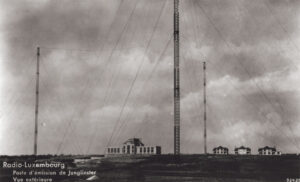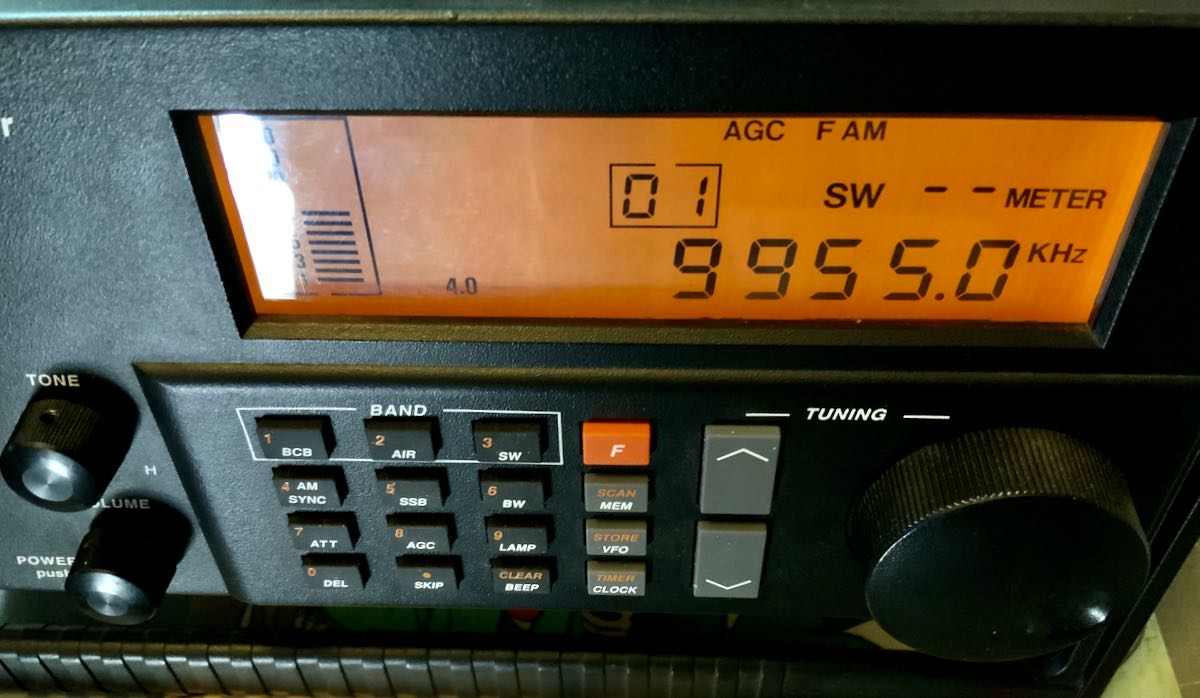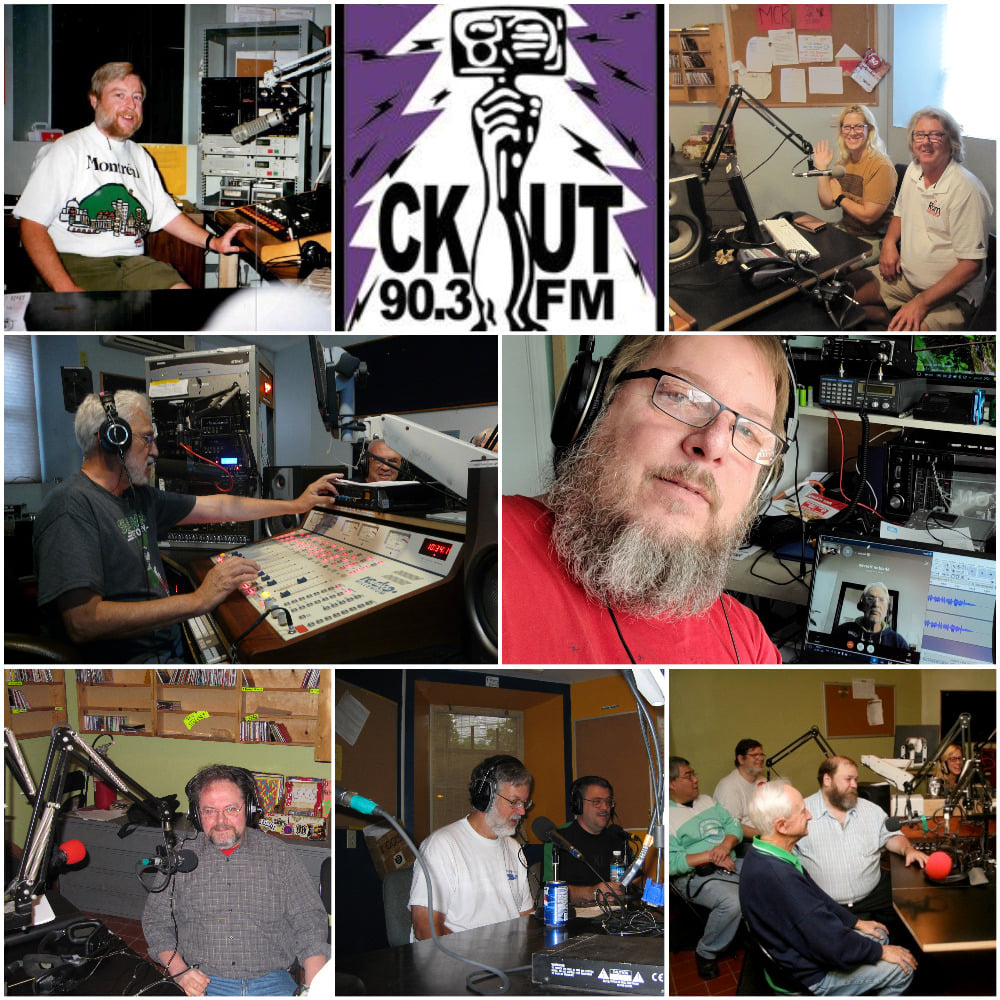Many thanks to SWLing Post contributor and friend, Bill Meara, from the amazing SolderSmoke podcast who shares the following post that originally appeared on the SolderSmoke Daily News:
Watching Shortwave Broadcast Stations on the TinySA Spectrum Analyser
by Bill Meara
November 18, 2022 1244 UTC. I was using a TinySA spectrum analyzer to look at noise levels on the 40 meter ham radio band. I also wanted to take a look slightly above the band (in frequency) to see Radio Marti at 7355 kHz. As I was doing this I remembered that Vatican Radio was on the air at 7305 kHz from 1230 UTC to 1245 UTC. So was just going to catch the last moments of that day’s transmissions. Sure enough, I caught it, and watched it disappear from the TinySA screen. See the video below:
Radio Marti continued on. In the morning we can hear the rooster recordings from that station. We are using it to test how well our homebrew Direct Conversion receivers avoid AM detection. In the video I mistakenly said these two transmitters were on the air with 250 megawatts. The correct power is 250 kilowatts. Both transmit from Greenville NC. I think the signal from Vatican Radio is stronger here because they are using a different antenna pattern — Radio Marti is aimed at Cuba.
This reminds me of a cool project I have not yet done: modifying the TinySA to allow the user to listen to the station: https://soldersmoke.blogspot.com/2021/10/how-to-listen-with-your-tinysa.html I notice that Dean KK4DAS (my colleague in DC receiver design) was the only commenter on the blog post describing the TinySA mod. TRGHS. We need to to do this.
Here are the reports showing when Vatican Radio and Radio Marti were on the air on November 18, 2022:
Thank you for sharing this, Bill. I love it! The TinySA is such an affordable and useful workbench tool.
Post readers: If you love building things and exploring a wide range of radio projects, I highly recommend bookmarking the SolderSmoke Podcast and website.











